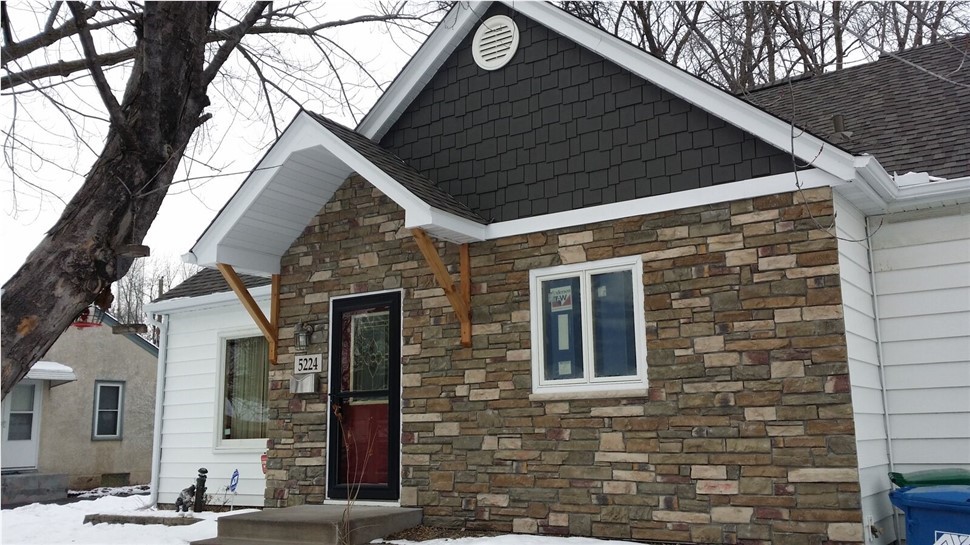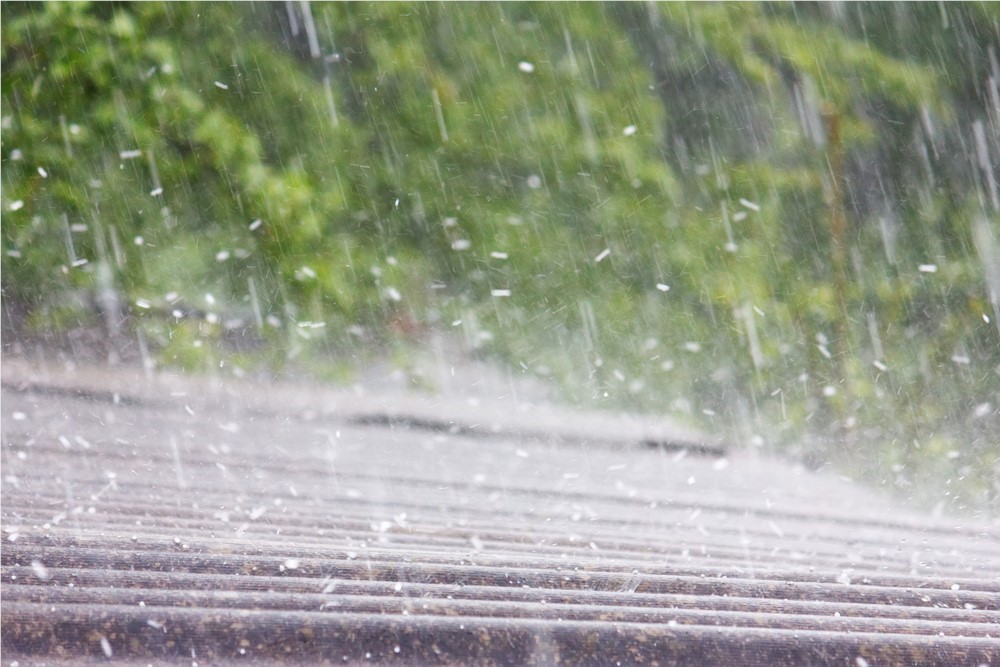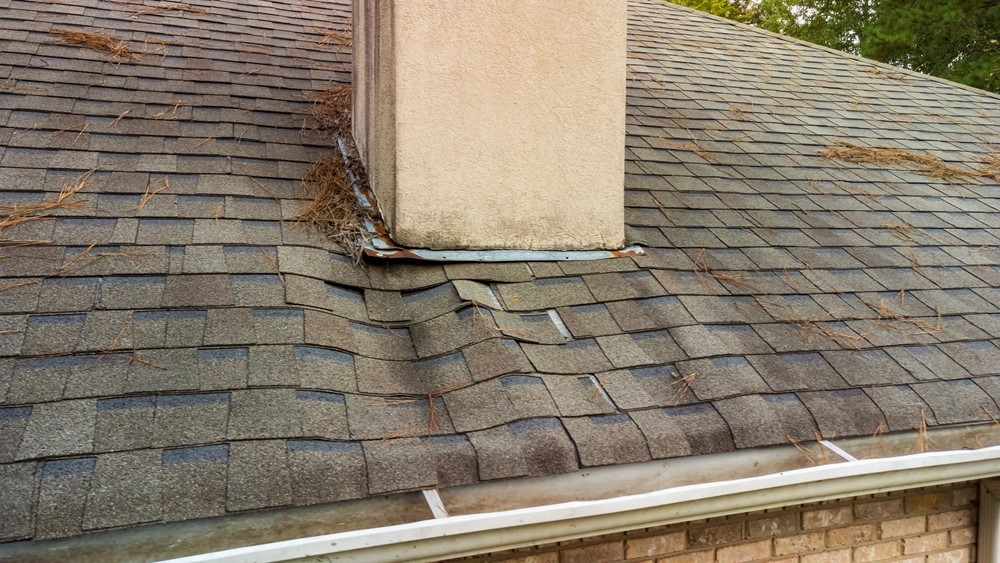You know that your home here in Minnesota has a roof, but do you know the different parts of it and what each of them provides for your home? The roof on your home is more than just wood and materials slapped together to create a protective layering over your head. In fact, your roof is the first line of defense against the elements that your home has. And your roof is composed of several different elements that work together to provide that protection.
It might be helpful for you to know some of the components of the roof and how they work together to provide this type of protection. Knowing the basic terminology might also help you understand what your roofing contractor is referring to when discussing your roof. (Some of the elements are shown in the illustration at right.)

Shingles – These are protective overlays for the roof, usually made of asphalt. However, not everyone uses asphalt shingles; there are also metal and tile roofing options as well as wood shakes and slate. (Metal roofing is available in designs that closely resemble asphalt shingles.)
Flashing – This prevents water from getting into the structure from the joints in the roof or any openings such as vents and chimneys. It's usually made of rust-resistant metal but sometimes you'll see rubber or plastic flashing.
Saddle – Sometimes called a cricket, this structure is installed on the high side of a chimney and helps to remove water from going into the chimney or around it.
Decking – This base is where the roofing is laid and it can reinforce the structure of the roof. It also provides a nail bed for the shingles or other roofing material such as roofing felt or an ice and water barrier to be attached. Roof decking is sometimes referred to as sheathing. Most often this structure is made of wood or a wood product like OSB or plywood.
Fascia – This is a trim board that at the edge of the roof; it covers the end of the rafters and provides further protection. Fascia board are usually combined with soffits.
Soffit Vent – This is a vent that is screened and allows air into the attic or space below the roof. (The soffit is a horizontal structure underneath the overhang at the edge of the roof.
The roof is one of the most important parts of the home, and we find that it's helpful for our customers to be familiar with its basic structure. You'll be better able to understand what we're talking about when we discuss your roofing project as well as knowing what to look for to spot problems. You want to ensure that it is looking and performing its best and the only way to do this is through having the right knowledge of the roof and the materials that comes along with it.
While we're on the subject of roofs, we highly suggest that metal roofing should also be considered when choosing a roofing material for your home. It's our number one recommendation for homeowners here in the Minneapolis area.
Of course, having all of this information is also good when the time comes to hire a roofing contractor to help with the roofing that is to be done. Speak with us here to find out more regarding the roofing installation that can be done to your home here in the Twin Cities. We want to make sure you have the right roof for the job.
Quarve Contracting, Inc./Metal Roofing & Siding of Minnesota is a licensed Minnesota roofing contractor, and we serve the greater Minneapolis and St. Paul area.
Subscribe to Quarve Contracting's Blog







Comments